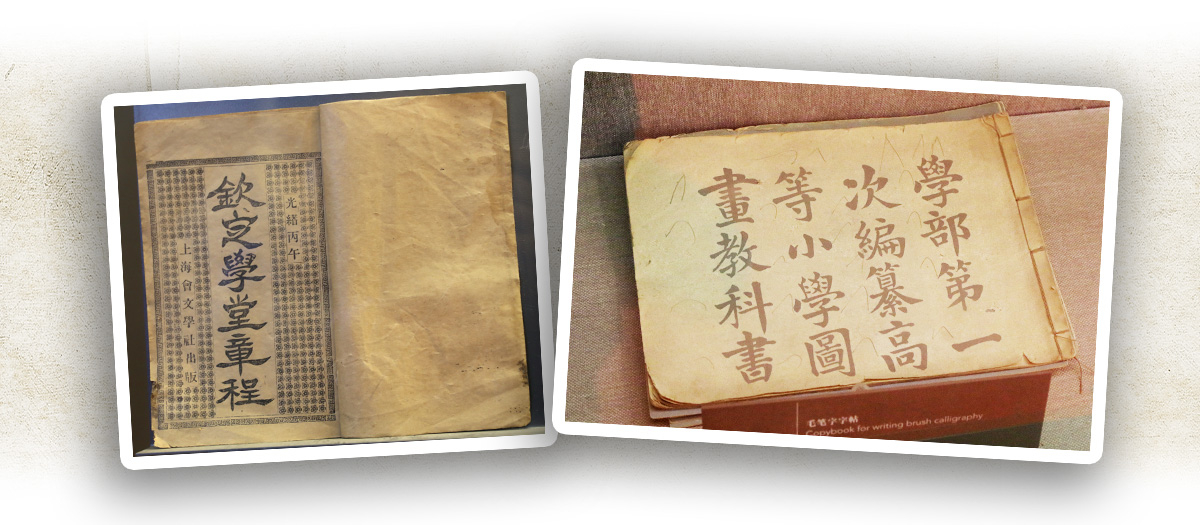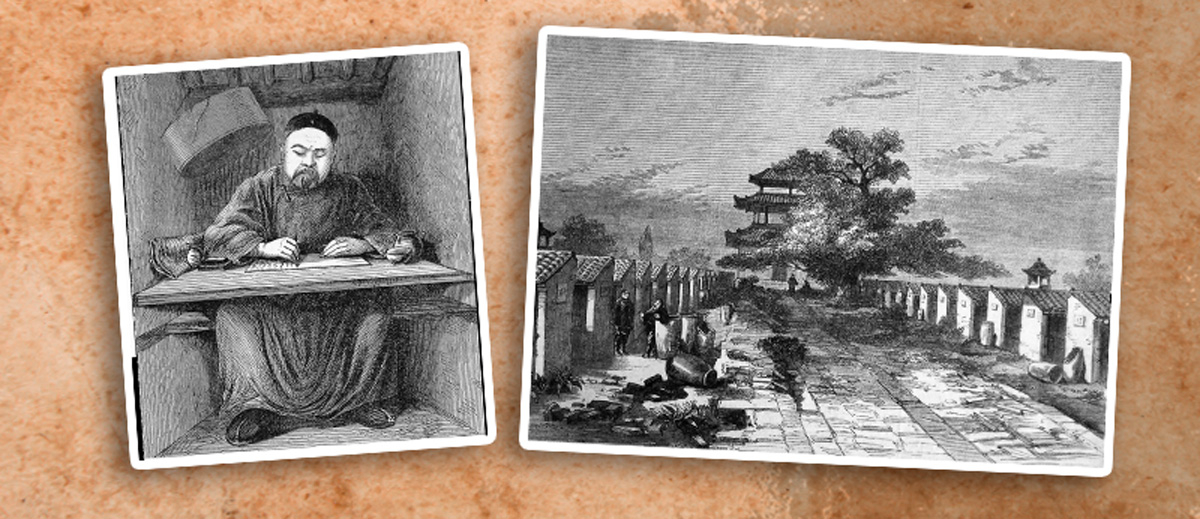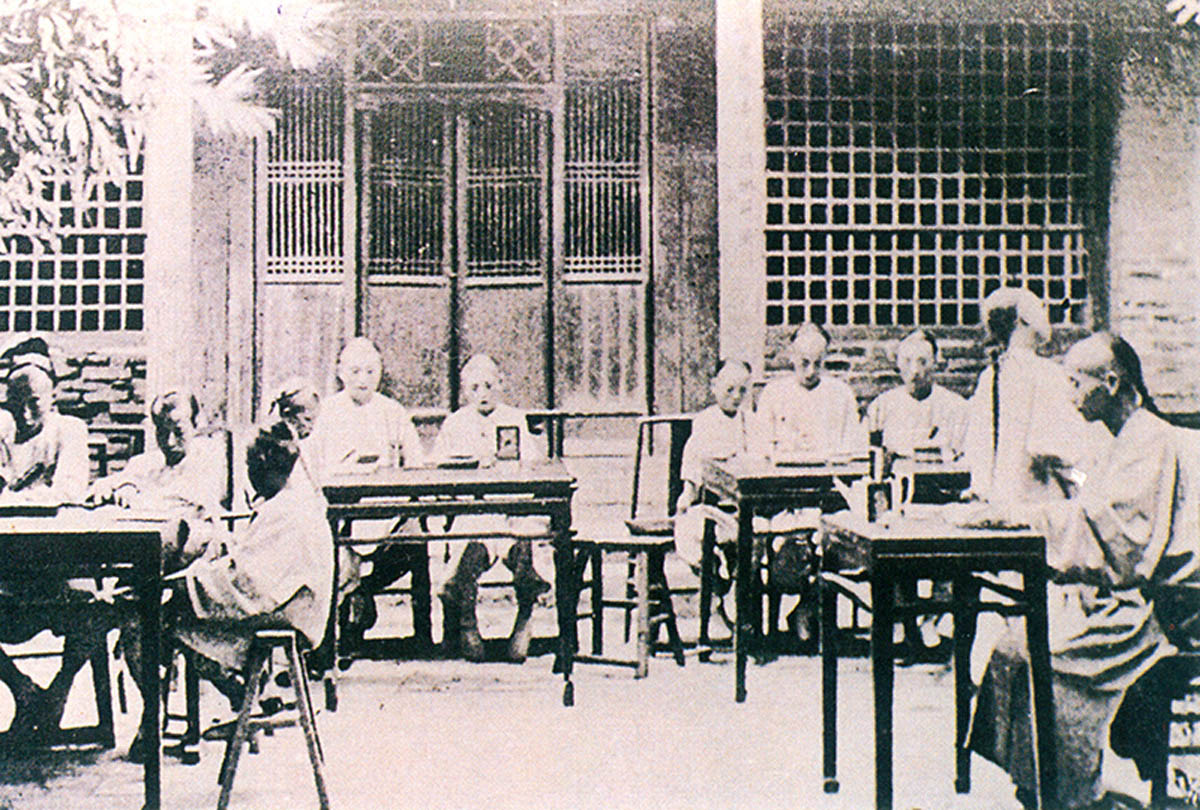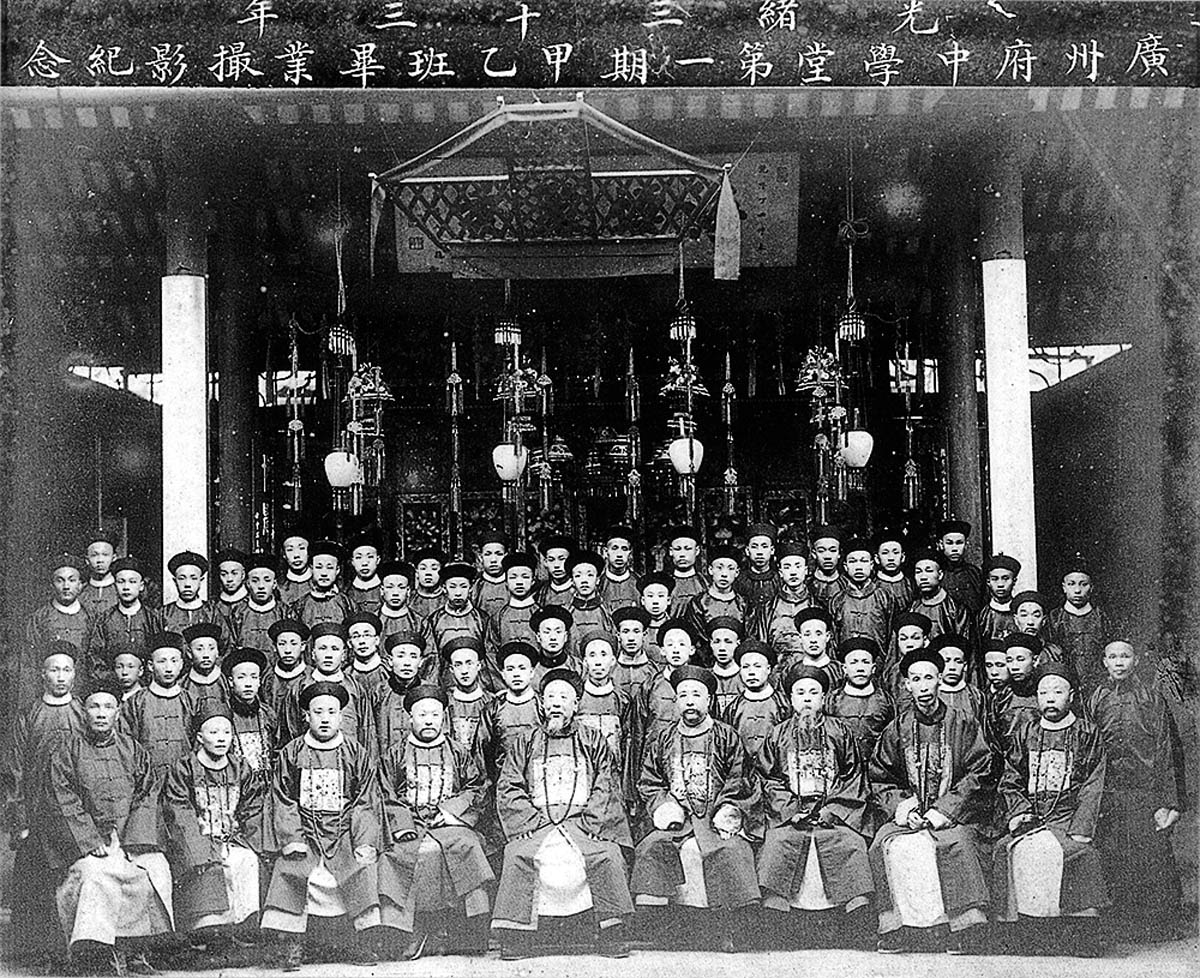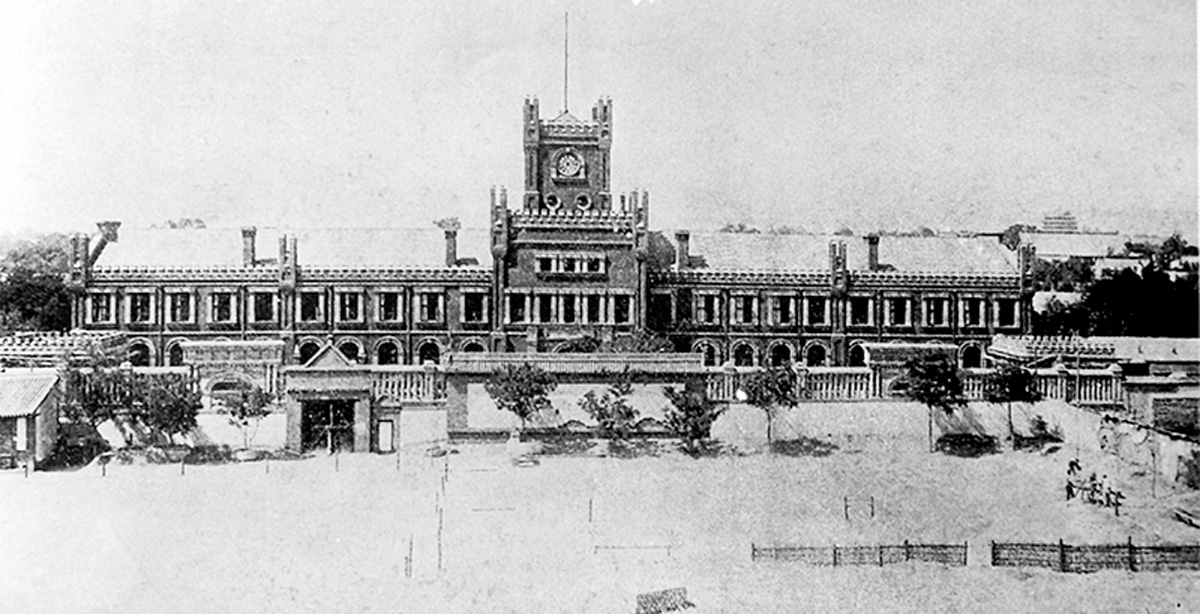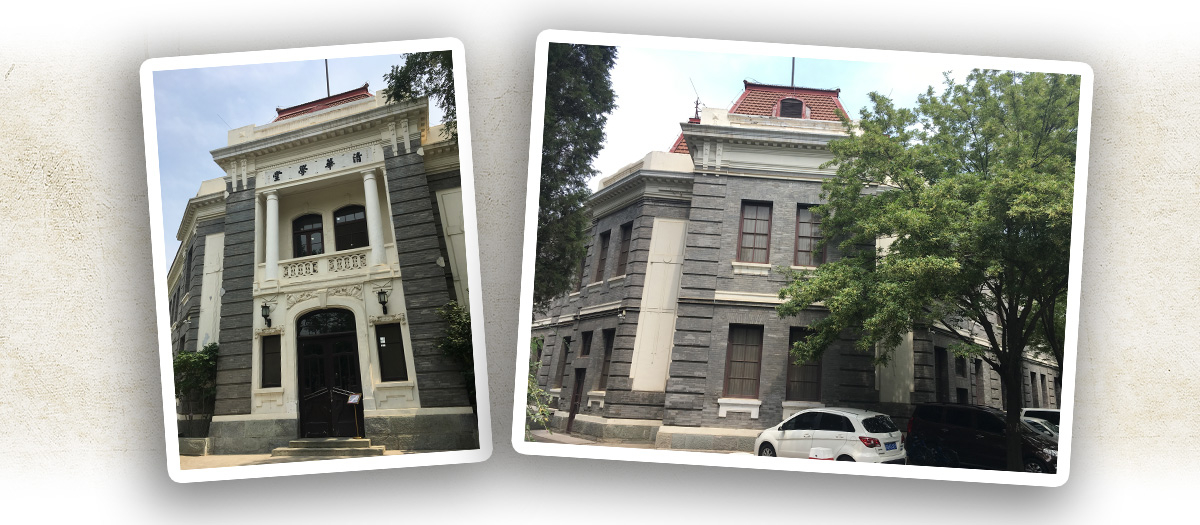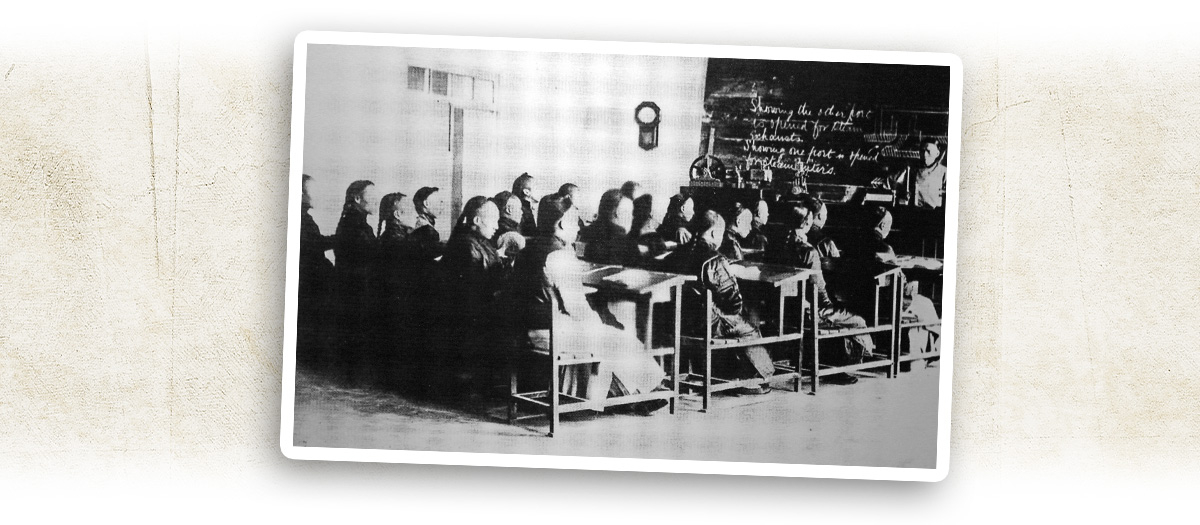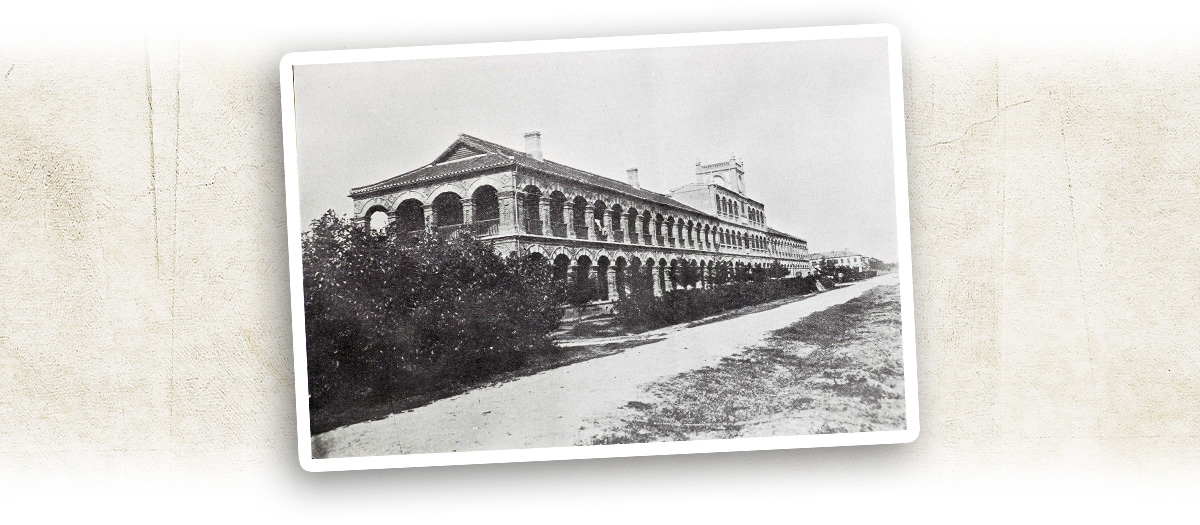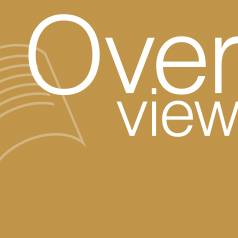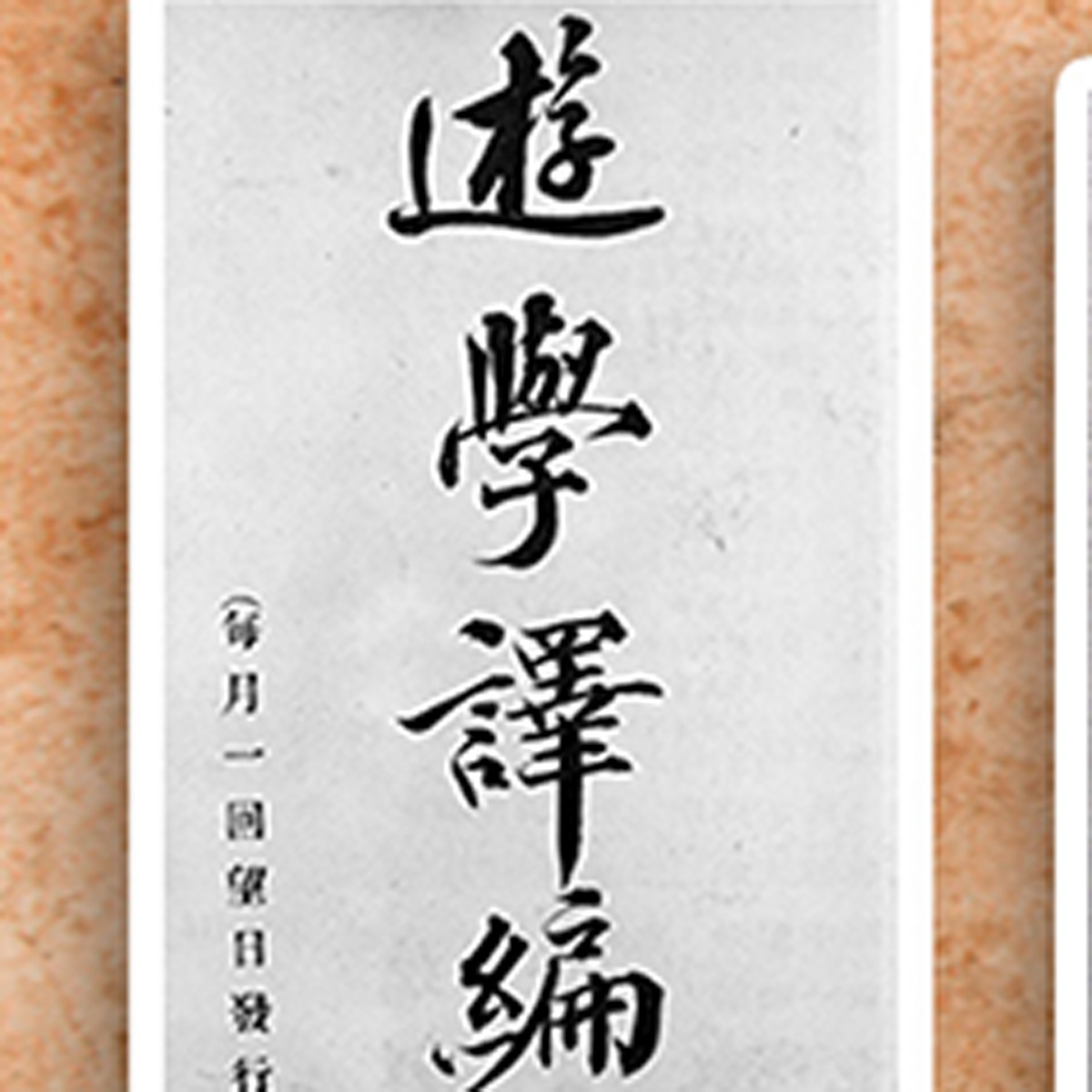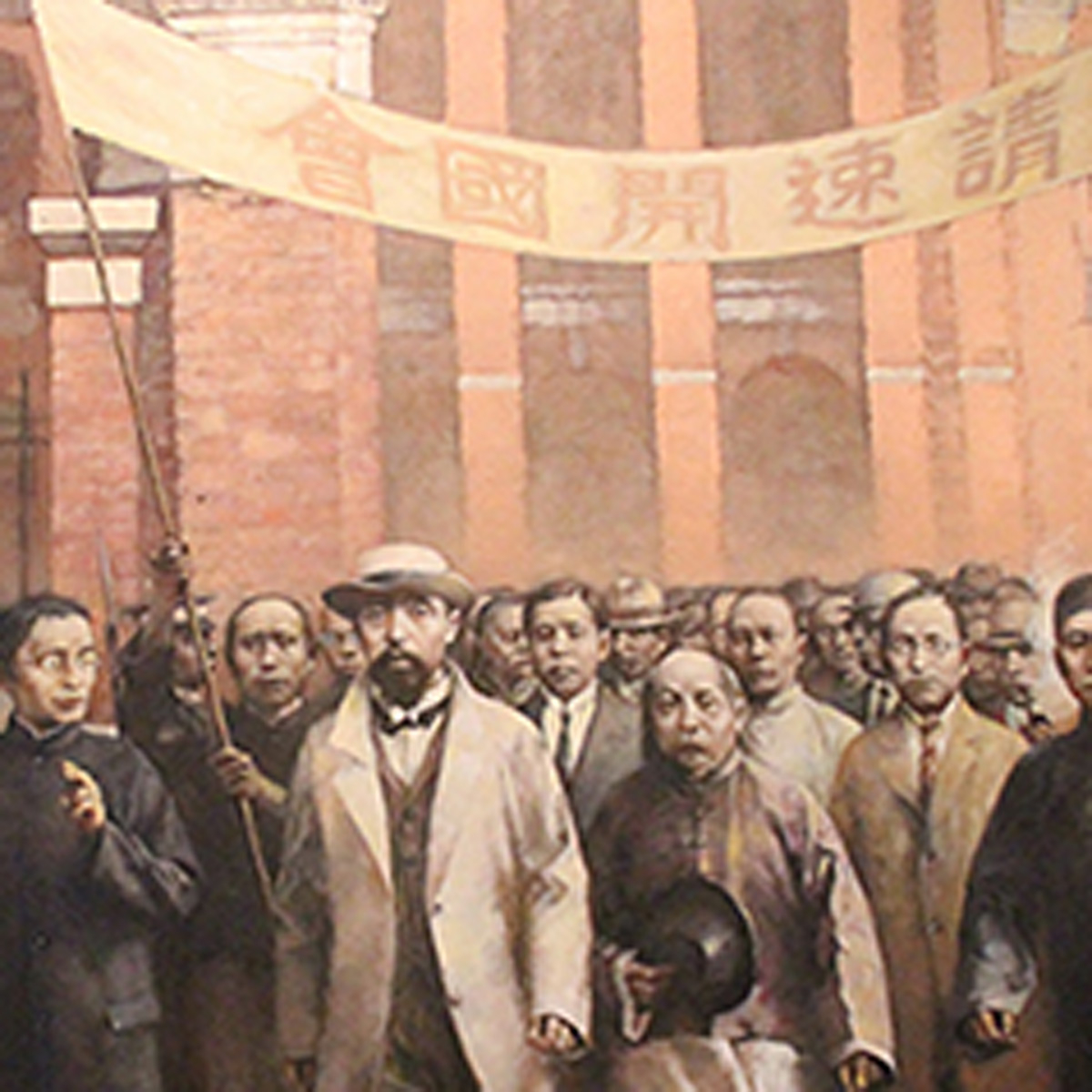The sweeping changes made by the Late Qing Reform in the cultural and educational aspects were successful. The previous Hundred Days’ Reform (戊戌維新) proposed numerous education reforms. They included abolishing the composition of eight-legged essays (八股文) as the standard of the imperial examination and substituting it with writing celun (策論, dissertations on current affairs). It was suggested that all traditional schools should be closed and established new-style schools in their place. Among various other reforms, however, the only one that was successfully carried through was the establishment of the Imperial University of Peking (京師大學堂). The measures proposed by the Late Qing Reform - abolishing the imperial examination system, establishing new-style schools, and sending students abroad to study - were similar to those proposed by its predecessor.
In September 1901, the Qing government ordered the conversion of all traditional academies to modern schools: secondary schools were to be set up by prefectures (府) and subprefectures (直隸州), and primary schools were to be set up by counties (縣). In December, a proclamation on the degree-awarding arrangements of the new schooling system stipulated that graduates of new schools would be awarded chushen (出身, traditional titles) of jinshi (進士, the highest rank granted by the imperial examination), juren (舉人, the highest rank granted by the imperial exam at the provincial level), etc., based on their examination results. In February 1902, directions for setting up new schools were announced; in August, the Imperial Regulations for Schools (《欽定學堂章程》, revised in January of the following year) were issued; on August 29, the Qing government ordered the abolition of eight-legged essays as the standard of the imperial examination, effective the following year. In September 1905, Emperor Guangxu (光緒) approved a petition by Yuan Shikai (袁世凱) and Zhang Zhidong (張之洞) to abolish the imperial examination system and establish new-style schools. With his decree to “cease organising the imperial examination immediately and promote new-style schools nationwide”, the 1,300-year-old imperial examination system in China finally bowed out of history, replaced by a new schooling system. In an edict issued in December, the Qing government also ordered the establishment of the Ministry of Education (學部) to oversee all national affairs related to education and culture. These measures represented a major step forward for China to develop a modern education system.
Celun: a form of essay written in ancient times to analyse prevailing political issues and present solutions to the government.
Chushen: ranks or qualifications attained by one who passed the imperial examination, equivalent to a modern-day degree and other academic qualifications.
|
|
When was the imperial examination system established? What was its historical background and what were its advantages and disadvantages? What led to its abolition? |
|
|
See answer below. |
A scene of an imperial examination in progress. The selection of candidates into the civil service through the imperial examination dated back to the Sui dynasty (隋代). By the late Qing era, it dominated China’s education system for 1,300 years.
A western artist’s illustration of a candidate taking the imperial examination and the examination hall in Beijing. By the late Qing era, China’s imperial examination-dominated education system became outdated. In September 1905, the 1,300-year-old tradition was officially abolished.
Since the Ming dynasty (明朝), the examination mainly tested candidates on their understanding of the Confucian Classics, with a chief requirement being the writing of eight-legged essays from the sages’ perspectives. The examination was notorious for its narrow focus on the study of ancient works and rigid format. As the examination represented the only avenue for literati to enter the government and the prestige that came with that, they had to devote all their time and energy studying, which tended to make them narrow-minded individuals. While the education and examination system helped legitimise the regime and shape the ideology of the populace, it also stifled the country’s progress.
A scene of a private school class in the Qing dynasty. Teachers in private schools were typically literati who passed the lower level of the imperial examination. They mainly focused on teaching the Confucian Classics to help students prepare for the examination. Clearly, in relation to the requirements of a rapidly modernising world this education system lagged far behind its Western counterparts.
On the left: The Imperial Regulations for Schools (《欽定學堂章程》) issued in February 1902 was published by Shanghai Huiwen Institute (上海會文學社) in 1906. On the right: the first illustrated textbook for senior primary school students compiled by the Ministry of Education. Establishing new-style schools and introducing a new curriculum were the main objectives of the late Qing education reform.
A group photo featuring the first cohort of students from Class A and B of a secondary school in Guangzhou Prefecture (廣州府) taken in the 33rd year of Emperor Guangxu’s (光緒) reign (1907). The late Qing education reform led to the proliferation of new-style secondary and primary schools.
A sports day for public schools in Guilin (桂林), Guangxi Province (廣西), in 1905. Besides teaching textbook knowledge, the new curriculum also attached great importance to sports.
Pictured is Shanxi Grand School (山西大學堂) founded in 1904. Buoyed by the education reform’ momentum, many provinces established their own grand schools.
Modern-day photos of Tsinghua School (清華學堂), one of the earliest buildings of Tsinghua University (清華大學). Tsinghua School, the predecessor of Tsinghua University, was established with Boxer indemnities (reparation China made to foreign nations for the Boxer Rebellion and the war with the Eight-Nation Alliance) returned to China by the United States. It officially opened on 29 April 1911.
Students attending class at the Zhili Higher School of Technology (直隸高等工業學堂). To support industrial development, schools that taught practical and technical skills were established in the late Qing dynasty.
The success of the new education system depended on the proper training of teachers. Pictured is Liang-Jiang Normal School (兩江師範學堂), a teacher training college established in Nanjing (南京) in 1906.
|
|
When was the imperial examination system established? What was its historical background and what were its advantages and disadvantages? What led to its abolition? |
|
|
The Chinese term for the imperial examination system (keju) derives from two terms, ke (科), meaning examination, and ju (舉), meaning to recommend or elevate. Thus, the term keju refers to a system for selecting talents via examinations. In China, keju was a time-honoured tradition for introducing talents into the civil service. During the Han dynasty (漢代), government officials were typically selected via the chaju system (察舉制, the word chaju means to inspect and recommend). During the period of the Three Kingdoms (三國), the Jin dynasty (晉朝), and the Northern and Southern dynasties (南北朝), the jiupin zhongzheng system (九品中正制, nine-rank selection system) which allowed chaju or zhongzheng officials to select and recommend talents for officialdom, was used instead. Under this system, opportunities for officialdom were often reserved for those who hailed from elite clans, leaving commoners in the cold where advancement was concerned. In the Sui dynasty, around the first year of Daye’ s reign (大業元年, 605 AD), the examination for the jinshi degree was institutionalised. By the Tang dynasty (唐代), this developed into a comprehensive keju system (which has led to claims that the keju system originated in the Tang dynasty). This system gave commoners an opportunity to attain government office and was comparatively fairer than the clan-based selection method. However, as time passed, it became riddled with loopholes and problems. By the Ming dynasty, memorising the Four Books and Five Classics of Confucian literature (四書五經) and writing the stilted eight-legged essays became the sole ambition of the literati. As a result, new ideas and national progress were stifled. By the late Qing dynasty, the obsolete system that no longer met the country’s rapidly evolving development needs was due for an overhaul. In the 31st year of Emperor Guangxu’s reign (1905), the keju system was completely abolished, and the old academies for nurturing traditional xiucai (秀才) and juren degree-holders were replaced by new-style schools, relegating the 1,300-year-old examination system to history. |
Source of most photos used in this feature piece: Fotoe




